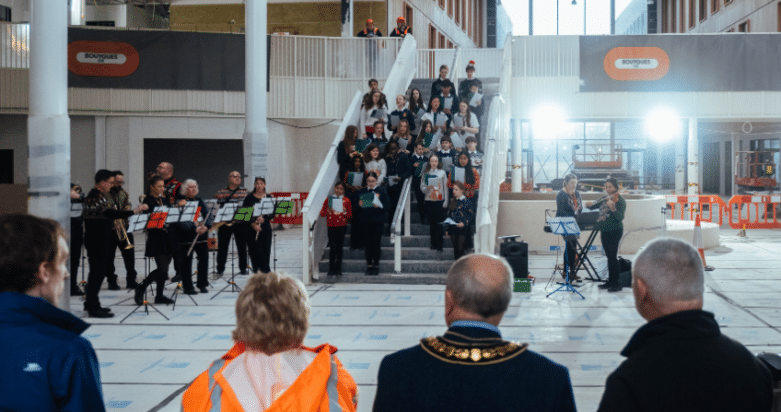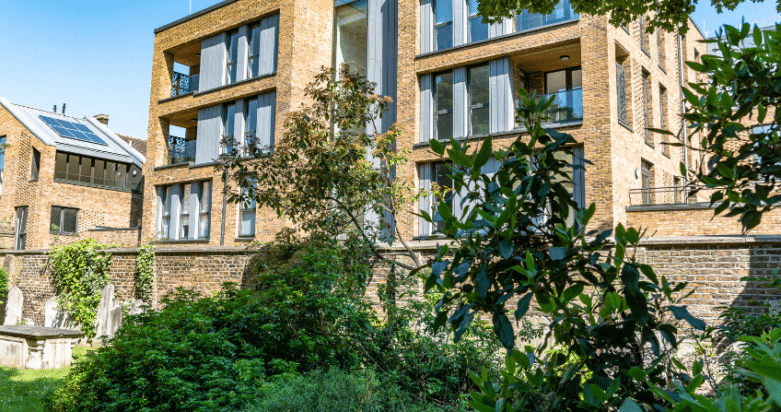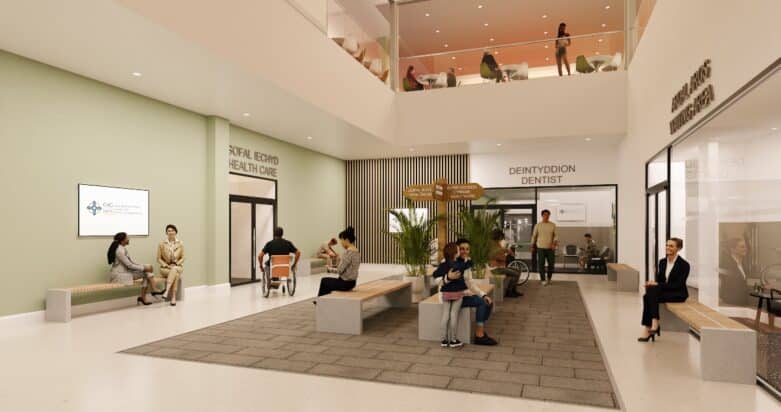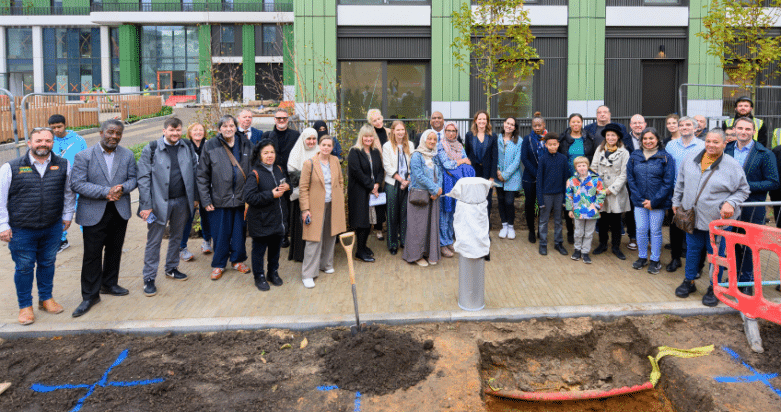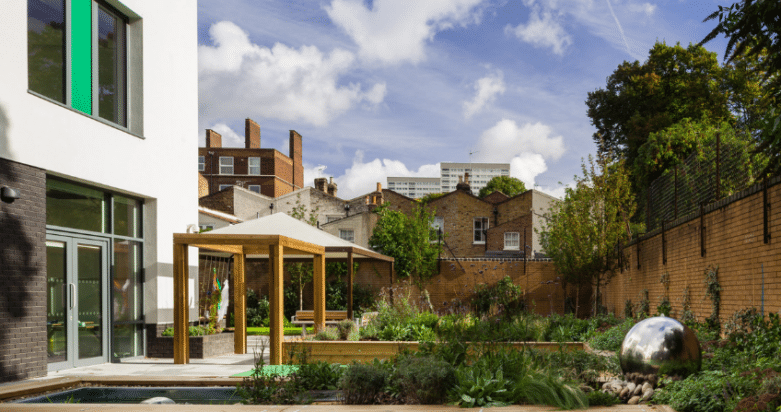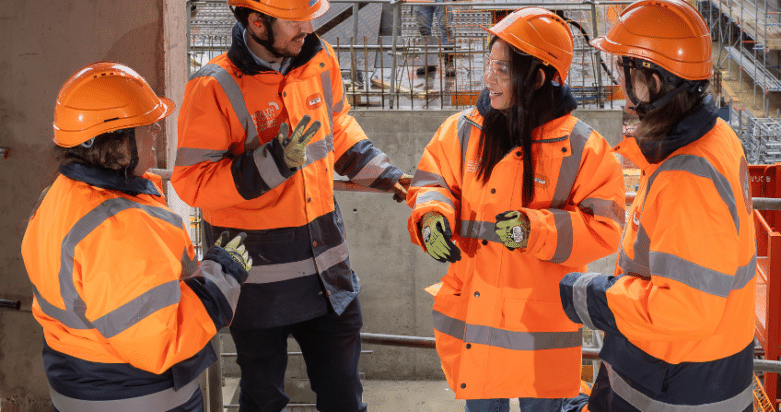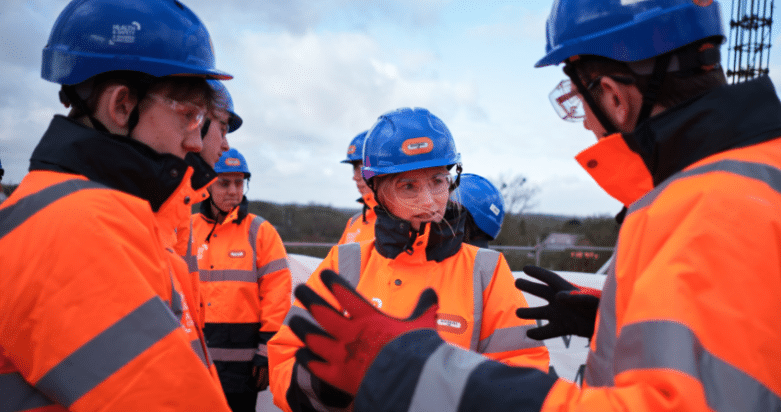
Bouygues Construction is strengthening its Climate Strategy
As a responsible and committed company, Bouygues Construction has for many years been innovating and developing sustainable solutions and projects that encourage the energy transition. The ambitious climate strategy that the Group is now introducing will reduce its carbon footprint across its entire value chain in line with the ambition of the Paris Climate Agreement.
BOUYGUES CONSTRUCTION’S CARBON FOOTPRINT 2.9 million tonnes of CO2 in 2019 (calculated for scopes 1&2 and 3A) – Weight of scopes 1&2: 11% – Weight of scope 3A: 89% THE GROUP’S COMMITMENTS IN FIGURES with regard to greenhouse gas emissions: – Scopes 1&2 (1): 40% reduction – Scope 3A (2): 30% reduction (intensity calculation for 2030, base year 2019) – Scope 3B (3): A commitment to provide innovative solutions for all the Group’s markets, in order to reduce the environmental footprint of its projects when they are in use. (1) Scopes 1&2 : electricity on construction sites, fuel for site machines, energy consumption of head offices and local offices, business travel by plane and train, vehicle fleets (2) Scope 3A (upstream): purchase of products and construction materials, freight, fixed assets, IT equipment (3) Scope 3B (downstream): emissions of products and services sold |
Beyond reducing its own direct and indirect emissions, Bouygues Construction also wants to support the development of a responsible use of the buildings and structures it constructs. To achieve this, the Group offers it is customers a wide range of solutions promoting the energy performance of buildings, neighbourhoods, and towns and cities, the production and distribution of low-carbon energy and the development of low-carbon mobility.
Bouygues Construction is taking action across the entire value chain of its operations: design, purchase of materials, the execution of projects, and the operation of buildings and structures.
In the 60 countries in which the Group operates, this strategy depends heavily on a high capacity for innovation and on the strength of its network of partner companies (suppliers and subcontractors).
To act on scopes 1&2 (11% of the Group’s carbon footprint), the principal actions taken by Bouygues Construction will be to operate a fleet of green vehicles (90% of green vehicles in 2030), to reduce travel by employees (50% fewer international flights and 80% fewer domestic flights) and to reduce the energy consumption of all its construction sites and other locations.
To act on scope 3A upstream (89% of the carbon footprint), the Group’s principal measures will relate to reducing the impact of materials purchased (concrete, joinery, cables, etc.), working with local suppliers to reduce freight, and reducing the carbon footprint of its IT equipment by 15% by 2025. In order to reduce the carbon intensity of the cements it employs, roadmaps have been drawn up on a country-by-country basis to achieve an overall reduction of 40% in the carbon intensity of cement (kg CO2e/m3). Timber construction will also become a priority as Bouygues Construction has undertaken to carry out 30% of its European building projects in timber by 2030.
To act on scope 3B downstream, Bouygues Construction offers its customers a wide range of low-carbon and carbon-free solutions to support their efforts to reduce their carbon footprint: the production and distribution of decarbonised energy; the energy performance of buildings, neighbourhoods, and towns and cities; and the development of low-carbon mobility.
Philippe Bonnave, Chairman and Chief Executive Officer, said: “Bouygues Construction’s climate strategy aims to make an active contribution to reducing the carbon impact of construction. The commitment of our teams and their ability to innovate in conjunction with our partners and listening to our customers is our main asset in meeting this challenge. The many sustainable projects already delivered by the Group show us that this is possible, and we must go further. The Group is in the process of adopting a true low-carbon culture.”


